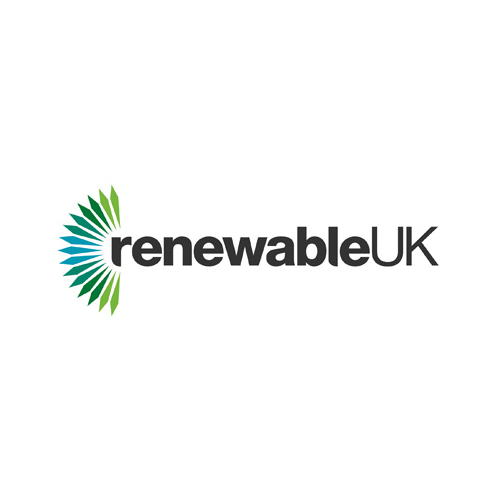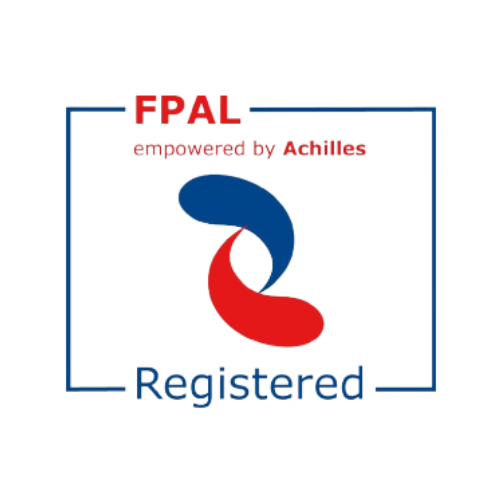For many years engineers have considered Earthing as a “black art”. Most of the power system earthing copper work is buried in the ground, and or in the civil foundations in substations and is never seen again. At EPS we have found, over the years, that the Earthing systems are purely neglected in Private Networks. Utility companies do have a maintenance regime in place to ensure their systems are intact within their substations.

EPS can offer a service to carry our Earthing Designs for new installations along with carrying out essential Earth testing on existing installations to ensure the system is intact, meeting today’s Standards and make the “Black Art” disappear!
Electrical Engineers are all aware that the installation of a well-designed earthing system is a fundamental requirement for all structures and electrical systems (at all voltages). The system safeguards personnel from risk of electric shock, meaning, accessible conductive tape, cable or copper rope shall not become hazardous or live, and ensures a low impedance route to the general mass of earth for currents in the electrical system, under both normal and fault conditions.
Earthing Standards have been published which define earthing system design parameters for structures, electrical equipment, and systems, including:
- BS EN 50522: Earthing of power installations exceeding 1kVac
- BS 7430: Code of practice for protective earthing of electrical installations
- BS 7354: Code of practice for design of high voltage open terminal stations
- IEEE Std 80: IEEE Guide for safety in AC substation grounding
- ENA TS 41-24 Guidelines for the design, installation, testing, and maintenance of main earthing systems in substations
The design, specification, inspection and periodic testing of earthing systems should follow the guidance and recommendations provided by these standards.
British Standard BS 7430 provides guidance on earthing of general land-based electrical installations in and around buildings in the UK, including:
- Low voltage installation earthing and equipotential bonding for general, industrial, and commercial buildings, locations with increased risk, rail systems etc
- The interface between low voltage and high voltage substations
- Earthing of generators and Uninterruptible Power Supplies
Uninterruptible Power Supplies systems supplying low voltage installations BS 7430 defines the elements for creating an appropriate earthing arrangement for a low voltage installation, including a main earthing terminal, protective conductors, earthing conductors and circuit protective conductors, and the use of earth electrodes to dissipate currents to the general mass of earth. Extending the earthing arrangement using equipotential bonding measures to cover exposed and conductive metal parts is further recommended to protect against step and touch voltages, and to remove risk of dangerous sparking. Five classes of low voltage electrical installation are defined within the standard – TN-S, TN-C, TN-C-S, TT and IT.
Performance requirements for earthing these low voltage installations are defined in the IET Wiring Regulations, BS 7671:2008(+A1:2011).
The earthing arrangement should be sufficiently robust to ensure it lasts the lifetime of the installation and be protected from mechanical damage and corrosion so that it still can carry the maximum expected current, it is specified for under both normal and fault conditions.
EPS have come across situations where installations have been extended without due thought to the Earthing system. It is important to consider that new / additional embedded generation, increased loading and additional electrical equipment can increase fault levels which will impact on the initial Earthing design. Undersized earth cables and LV switchgear earth busbar rails will fail with catastrophic measures if they are not increased accordingly.
BS 7430 therefore defines selection parameters for the earthing arrangement, e.g., the size and material for conductors, earth electrodes etc, and makes clear the need for careful consideration of site conditions (soil composition and resistivity).
EPS can carry out the service of taking actual measurements at the site. It is important to gauge the expected effectiveness of the earthing arrangement, and guidance is supplied for measuring resistance calculations for earth plates, earth rods, ring conductor and foundation earth electrodes. Where necessary in high resistivity areas or on rocky ground, treatment of the soil through use of an earth electrode backfill is recommended to improve earth contact resistance.
BS 7354, IEEE std. 80 and ENA TS 41-24 provides the reference requirements for earthing of substations.
The design and specification of a suitable earthing arrangement for substations is essential to provide a low impedance path for earth fault, and lightning currents, and to protect personnel on site from potentially fatal step and touch voltages. These standards provide guidance on (but not limited to):
- Maximum permitted step and touch voltages
- Methods for calculating earthing system design
- High voltage earth electrode selection, including type, material and size
- Switching and busbar arrangement
- Equipotential bonding
- Insulation co-ordination
Primary to these standards is limiting earth potential rise (EPR) under earth fault conditions so that step and touch potential limits are not exceeded, and earth resistance remains as low as possible. Use of an earthing grid consisting of horizontal cross-bonded earthing conductors is recommended, augmented by earth rods where the site includes low resistivity layers beneath the surface. These earth rods mitigate seasonal variations in earth grid resistance at the grid’s burial depth.
For Years Earthing Design Has Been Known As A “Black Art” – Let EPS Take That Myth Away:
At EPS our engineers have a combined experience of 82 years in managing HV networks and earthing services. Our services are available to companies involved in the industrial, energy, and manufacturing sectors. You can find more information and case studies in our website, or feel free to call one of our friendly advisers to find out more.
Our Electrical Earthing Services include:
- High Voltage Electrical Earthing Design
- Soil Resistivity
- Electrical Earthing Design Verification
- System Modelling and Simulation
- Rise of Earth Potential modelling (EPR)
- Hot-Site assessment
- Pipeline interference – corrosion
- Clean Earthing and noise investigation
- Impressed voltage EMF safety
- Fault Investigation and Risk Assessment
- Electromagnetic Interference (EMI)
- Lightning Protection including preventative solutions
- High frequency/transient analysis










